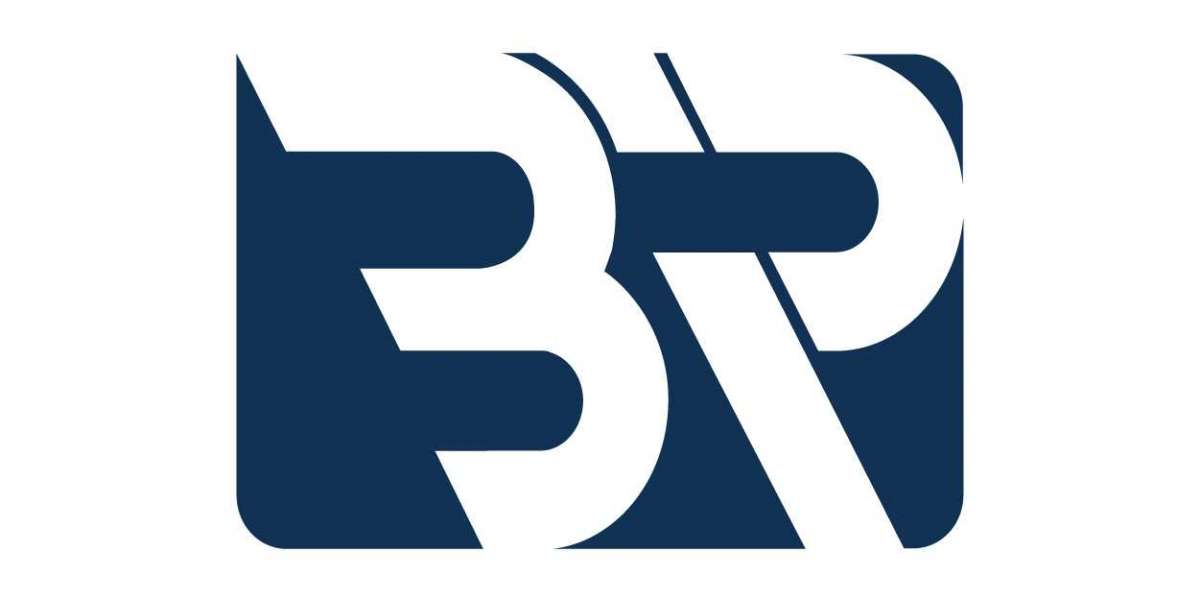The 3D modeling industry has seen exponential growth in recent years, fueled by technological advancements and its expanding use across diverse sectors. From gaming and architecture to healthcare and manufacturing, the demand for accurate, high-quality 3D models is reshaping how businesses innovate and operate. Let’s delve into the key drivers propelling the growth of this transformative industry.
According to Stratview Research, the 3D modeling market was estimated at USD 3.1 billion in 2023 and is likely to grow at a CAGR of 15.33% during 2024-2030 to reach USD 8.44 billion in 2030.
1. Technological Advancements
The evolution of technologies such as artificial intelligence (AI), machine learning (ML), and augmented reality/virtual reality (AR/VR) is a significant catalyst for the 3D modeling industry. AI and ML have streamlined the creation of complex models, reducing time and effort, while AR/VR has amplified the need for immersive 3D environments in gaming, training simulations, and retail.
2. Rising Demand in Gaming and Entertainment
The gaming industry remains one of the primary consumers of 3D modeling, with developers using these tools to create detailed environments, realistic characters, and interactive gameplay. Similarly, the film and animation sectors leverage 3D modeling to produce stunning visual effects and lifelike animations.
3. Growing Adoption in Healthcare
In healthcare, 3D modeling is being used for medical imaging, surgical planning, prosthetics design, and educational simulations. For instance, 3D-printed models of organs enable surgeons to practice procedures before actual operations, enhancing precision and patient outcomes.
4. Shift Toward Digital Transformation in Manufacturing
The adoption of digital twins and 3D modeling in manufacturing is revolutionizing product design and prototyping. Manufacturers can visualize and simulate products digitally, reducing costs and time while ensuring accuracy. This trend is particularly evident in automotive and aerospace industries.
5. E-commerce and Retail Applications
3D modeling has become a critical component in e-commerce and retail, offering virtual try-ons and 360-degree product views. These features enhance customer experience and help brands stand out in a competitive marketplace.
6. Cloud-Based and Collaborative Solutions
The rise of cloud-based 3D modeling platforms has made advanced tools more accessible and affordable for businesses of all sizes. These platforms enable seamless collaboration, making it easier for teams to work on projects in real time from different locations.
Conclusion
The growth of the 3D modeling industry is driven by its ability to enhance creativity, efficiency, and accuracy across industries. With continuous technological innovation and increasing adoption in emerging applications, the industry is poised for sustained growth. Businesses leveraging 3D modeling’s potential stand to gain a significant competitive advantage in the years ahead.







